Moss growth on roofs is a common problem in many climates, particularly in areas with high humidity and frequent rainfall. While it may give a home a rustic, aged appearance, moss can cause significant damage to roofing materials if left untreated. Understanding the science behind moss growth and the best methods for its removal can help homeowners protect their properties and extend the lifespan of their roofs.
Understanding Moss Growth on Roofs
Moss is a non-vascular plant that thrives in damp, shaded environments. Unlike other plants that rely on roots to absorb water and nutrients from the soil, moss absorbs moisture directly through its leaves. This makes it highly adaptable to surfaces like rooftops, where it can take hold and spread quickly under the right conditions.
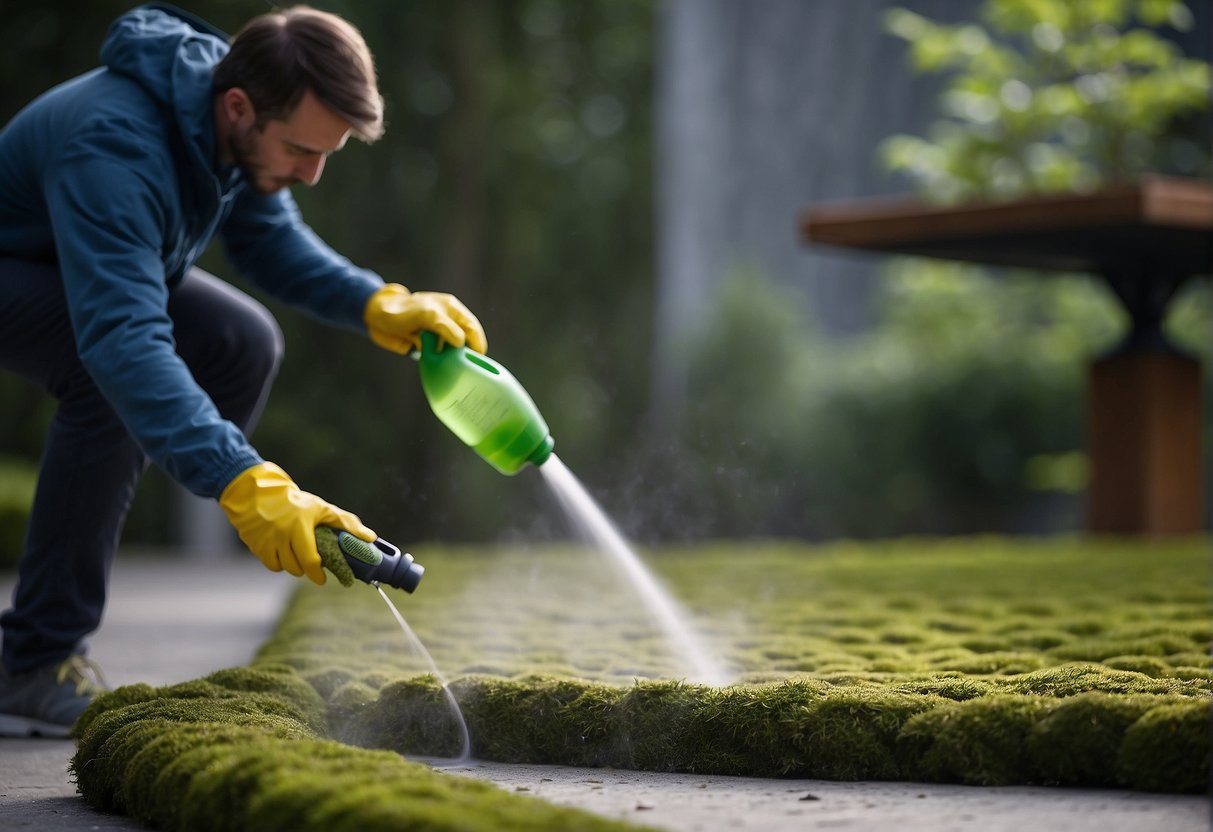
Roof moss typically develops in regions where shade, moisture, and organic debris create the perfect environment for growth. North-facing roofs or areas under large trees often accumulate moisture due to limited sun exposure, creating an ideal habitat for moss. Additionally, fallen leaves and dirt provide nutrients that support its spread. As moss retains moisture, it accelerates the degradation of roofing materials, leading to potential structural issues over time.
The Effects of Moss on Roofs
While moss itself may seem harmless, its presence on a roof can lead to several problems. One of the most significant concerns is moisture retention. Because moss holds water like a sponge, it can create prolonged damp conditions on shingles, leading to rot, mold, and the breakdown of roofing materials. Over time, this can weaken the structural integrity of the roof and necessitate costly repairs or even replacement.
Another issue caused by moss is the lifting of shingles. As moss grows, it can force shingles apart, allowing water to seep underneath. This can lead to leaks, water damage inside the home, and a higher risk of ice dams forming in colder climates. Additionally, moss growth can make a roof look neglected, which may decrease a property’s curb appeal and overall value.
Conditions That Promote Moss Growth
Several environmental factors contribute to moss growth on roofs. The most significant include:
- Moisture: Frequent rainfall, humidity, and condensation provide the necessary hydration for moss to flourish.
- Shade: Roofs that do not receive direct sunlight for extended periods remain damp longer, creating a suitable environment for moss.
- Organic Debris: Accumulated leaves, twigs, and dirt supply moss with nutrients, allowing it to spread more easily.
- Cool Temperatures: Mild, cool climates encourage moss growth, especially in regions where moisture levels remain high throughout the year.
Understanding these factors can help homeowners take preventative measures to reduce the risk of moss buildup on their roofs.
Effective Moss Removal Techniques
There are several ways to remove moss from a roof, ranging from manual cleaning methods to chemical treatments. The choice of removal technique often depends on the severity of the moss infestation and the type of roofing material.
One of the most common methods is manual removal using a brush or scraper. This involves gently scrubbing the affected areas to detach the moss from the surface. However, this approach requires caution, as excessive force can damage shingles and shorten the roof’s lifespan.
Another effective method is the use of specialized cleaning solutions. Moss-killing chemicals, such as zinc sulfate or potassium salts of fatty acids, can be applied to the roof to eliminate moss growth. These treatments work by drying out the moss and preventing regrowth. It is important to use environmentally safe solutions to avoid harming nearby plants and wildlife.
Some homeowners opt for power washing to remove moss quickly, but this method can be risky. High-pressure water can dislodge shingles, strip away protective granules, and cause water infiltration if not done correctly. It is generally recommended to use a low-pressure wash or leave this method to professional roof cleaners.
Preventing Future Moss Growth
 Once moss has been removed, taking preventive measures can help ensure it does not return. One of the most effective strategies is to increase sunlight exposure by trimming overhanging tree branches. This reduces shade and allows the roof to dry more quickly after rain or condensation.
Once moss has been removed, taking preventive measures can help ensure it does not return. One of the most effective strategies is to increase sunlight exposure by trimming overhanging tree branches. This reduces shade and allows the roof to dry more quickly after rain or condensation.
Installing zinc or copper strips along the ridge of the roof is another long-term solution. When it rains, metal ions are released, creating an environment that inhibits moss growth. These strips can provide ongoing protection without the need for repeated chemical applications.
Regular roof maintenance is also essential for preventing moss buildup. Clearing away leaves, twigs, and other organic debris helps eliminate sources of nutrients that encourage moss to spread. Additionally, inspecting the roof for signs of early moss growth and addressing the issue promptly can prevent larger infestations from developing.
The Role of Professional Roof Cleaning
While DIY methods can be effective for minor moss growth, severe infestations may require professional assistance. Roofing professionals have the expertise and equipment to safely remove moss without causing damage to shingles or underlying structures. They can also provide tailored recommendations for long-term prevention based on a home’s specific climate and roofing material.
For homeowners looking for Roof Moss Removal Hillsboro Oregon, professional roof cleaning services offer a reliable solution. Experts use a combination of manual removal, chemical treatments, and preventive measures to ensure thorough moss elimination while preserving the roof’s integrity. Investing in professional maintenance can help homeowners avoid costly repairs and extend the lifespan of their roofs.
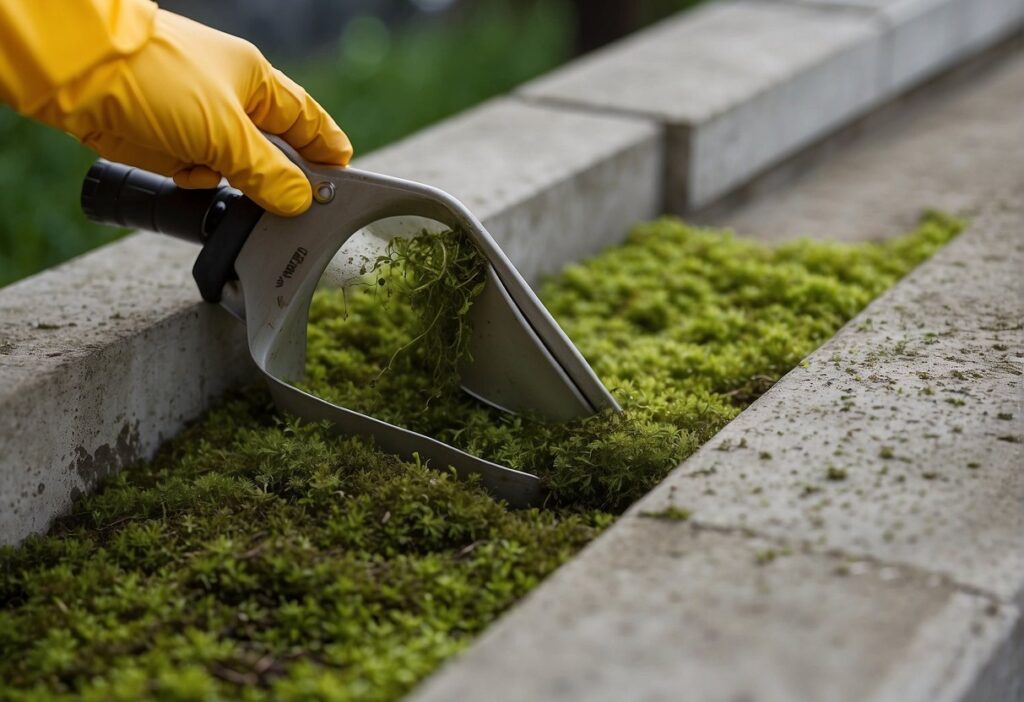
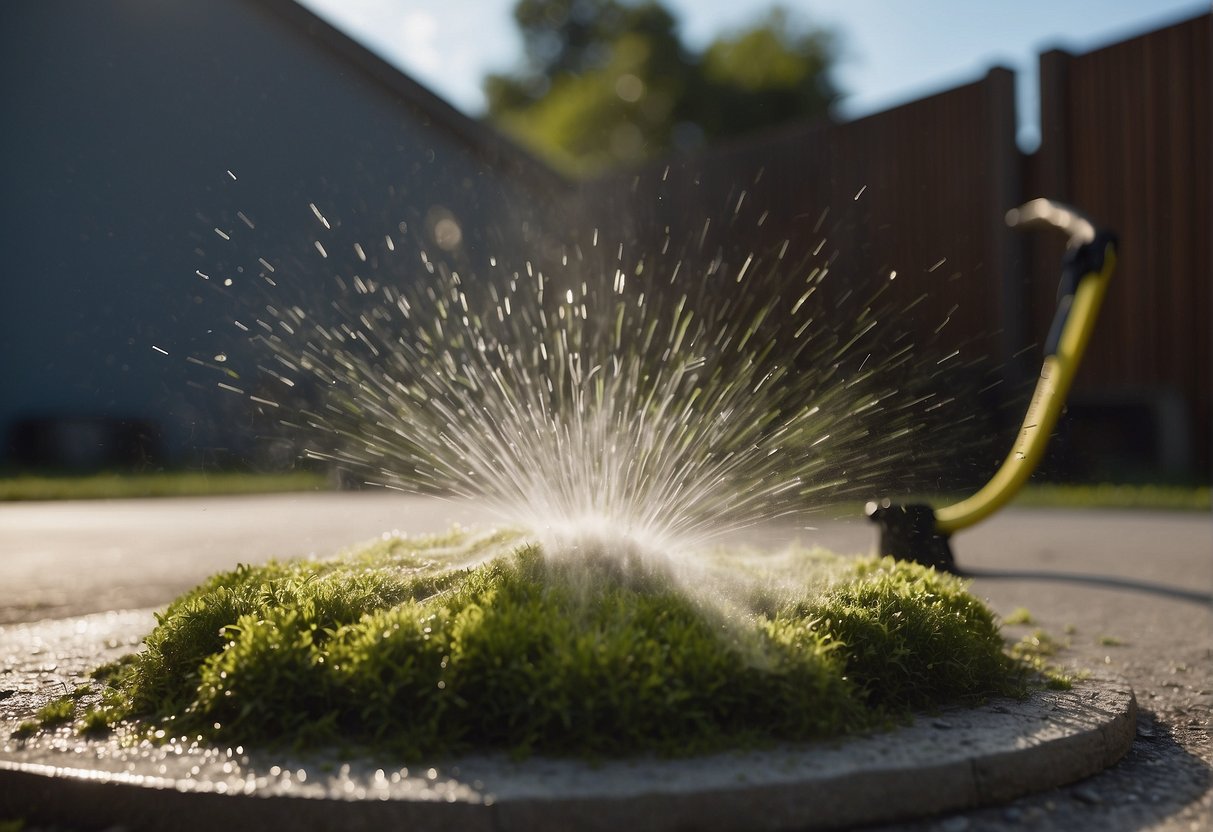
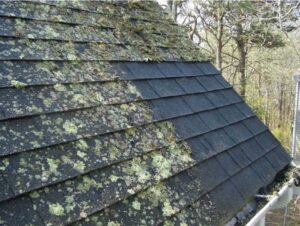 Moss thrives in damp, shaded environments, making rooftops an ideal place for growth, especially in regions with high humidity and frequent rainfall. Once moss takes root, it begins to spread, covering shingles and creating a thick layer that retains moisture. The ability of moss to trap water against the roofing material is one of its most damaging qualities. Over time, prolonged exposure to moisture weakens roofing materials, leading to rot, mold, and structural issues.
Moss thrives in damp, shaded environments, making rooftops an ideal place for growth, especially in regions with high humidity and frequent rainfall. Once moss takes root, it begins to spread, covering shingles and creating a thick layer that retains moisture. The ability of moss to trap water against the roofing material is one of its most damaging qualities. Over time, prolonged exposure to moisture weakens roofing materials, leading to rot, mold, and structural issues.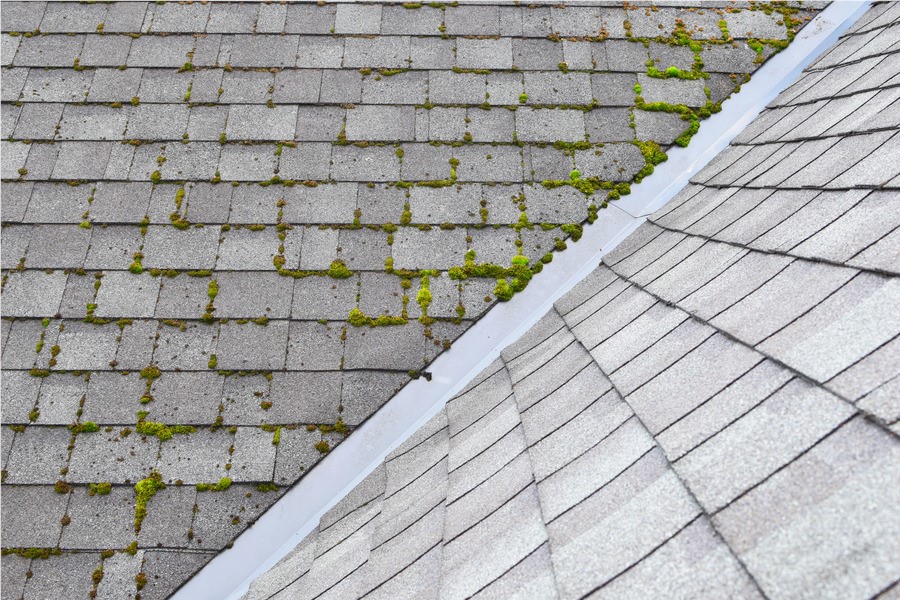
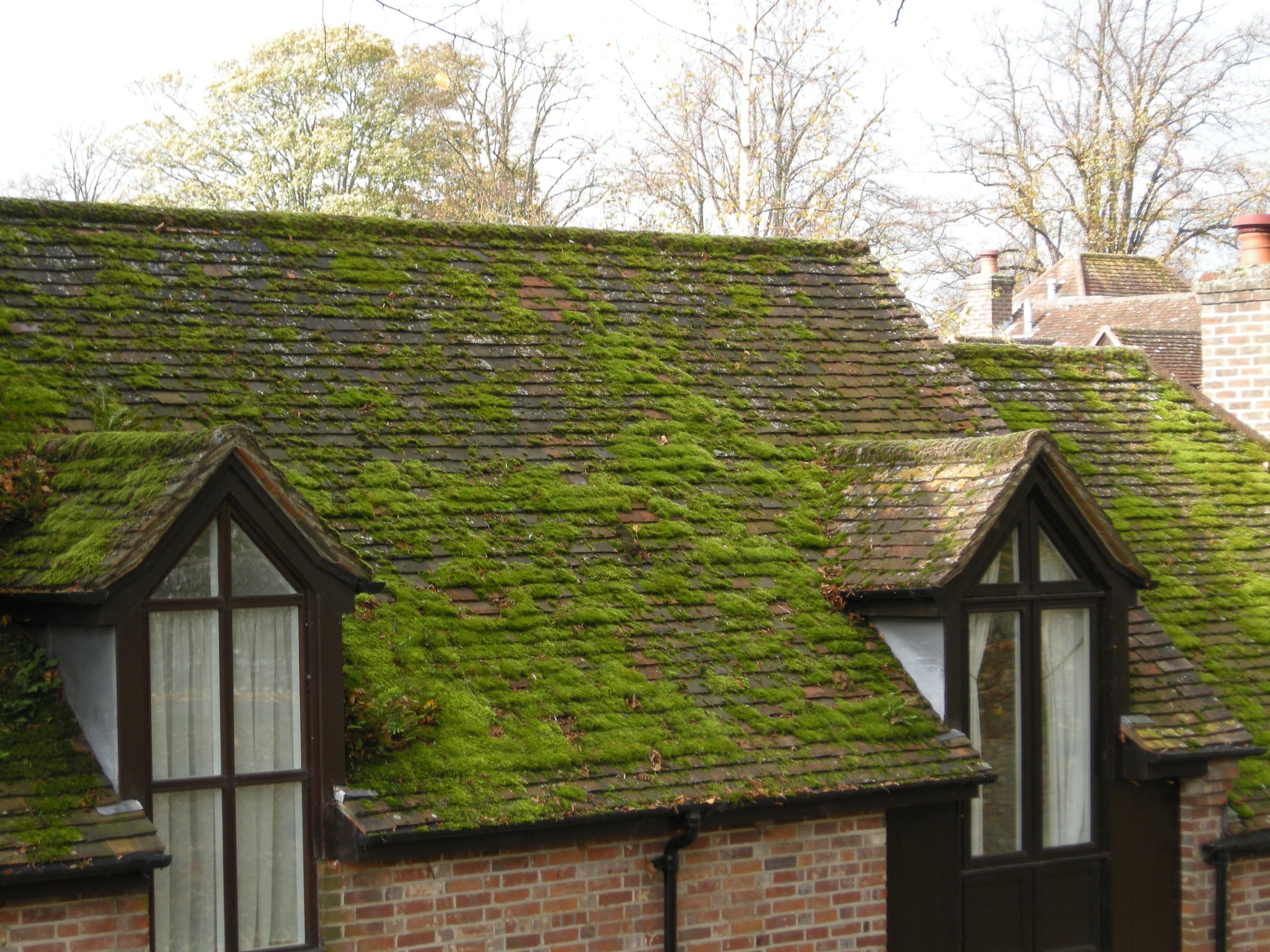
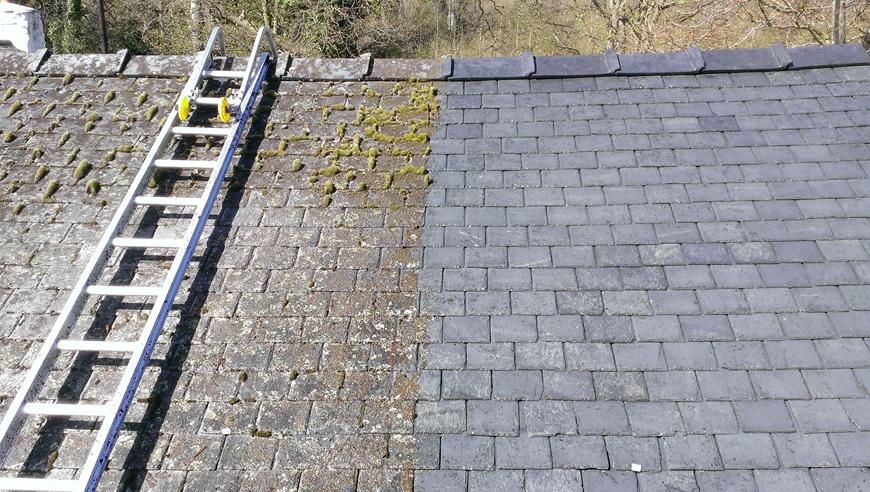
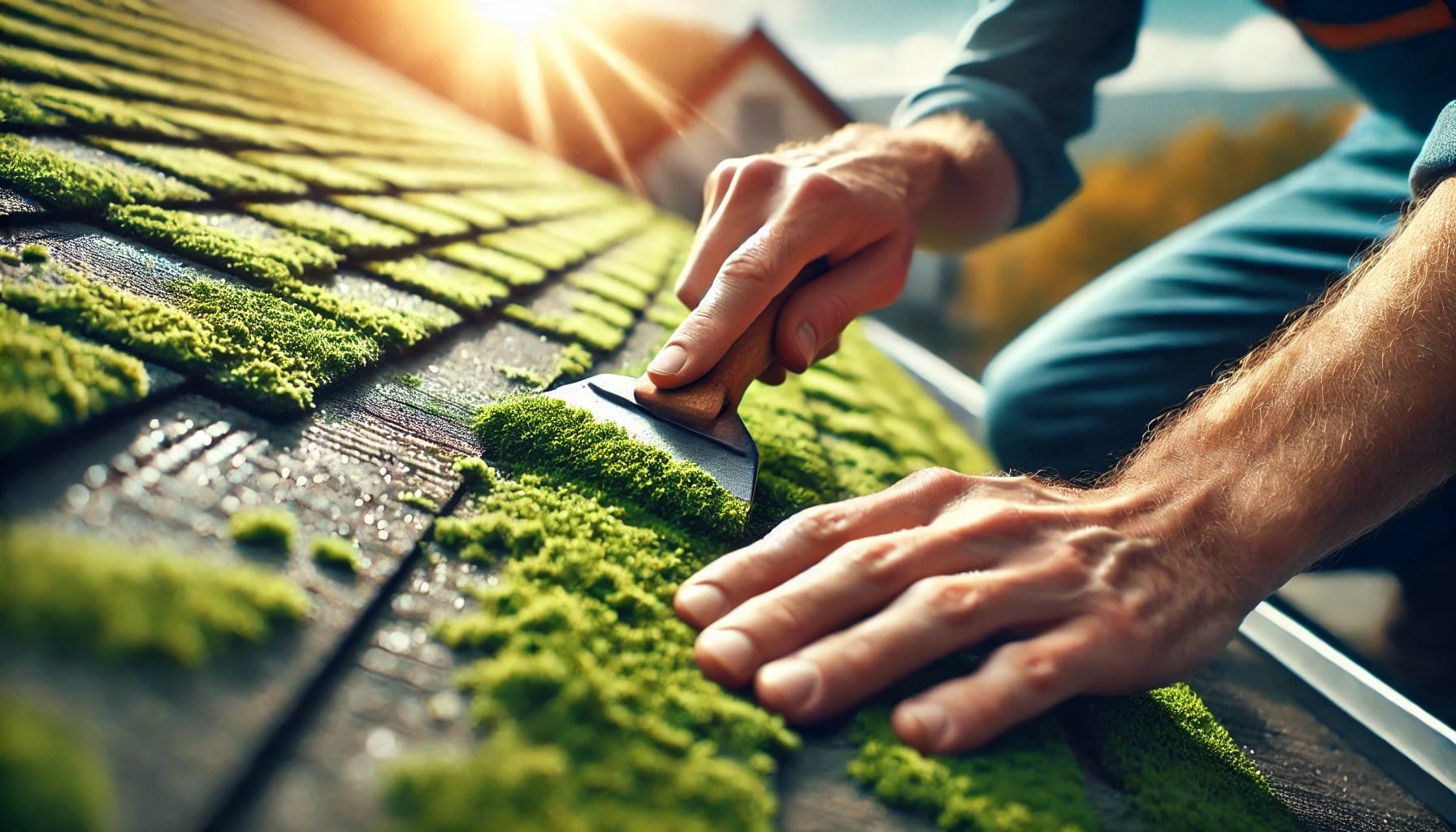
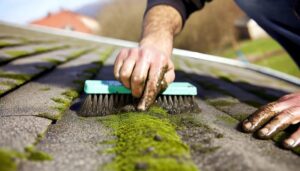 One of the oldest and most universally practiced methods of moss removal is hand scraping or brushing. This technique is common in countries with historical architecture, such as the United Kingdom and France, where preserving the integrity of old roof tiles is crucial. Professionals use wooden or soft-bristle brushes to remove moss without causing damage to delicate slate or clay tiles.
One of the oldest and most universally practiced methods of moss removal is hand scraping or brushing. This technique is common in countries with historical architecture, such as the United Kingdom and France, where preserving the integrity of old roof tiles is crucial. Professionals use wooden or soft-bristle brushes to remove moss without causing damage to delicate slate or clay tiles.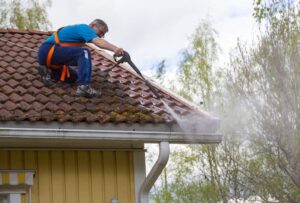 Some regions rely on steam cleaning and hot water treatments to remove moss effectively. In Italy and Spain, where tiled roofs are common, professionals use steam cleaners to break down moss without causing damage to the tiles. This method is particularly useful for fragile roofing materials that cannot withstand aggressive brushing or pressure washing.
Some regions rely on steam cleaning and hot water treatments to remove moss effectively. In Italy and Spain, where tiled roofs are common, professionals use steam cleaners to break down moss without causing damage to the tiles. This method is particularly useful for fragile roofing materials that cannot withstand aggressive brushing or pressure washing.